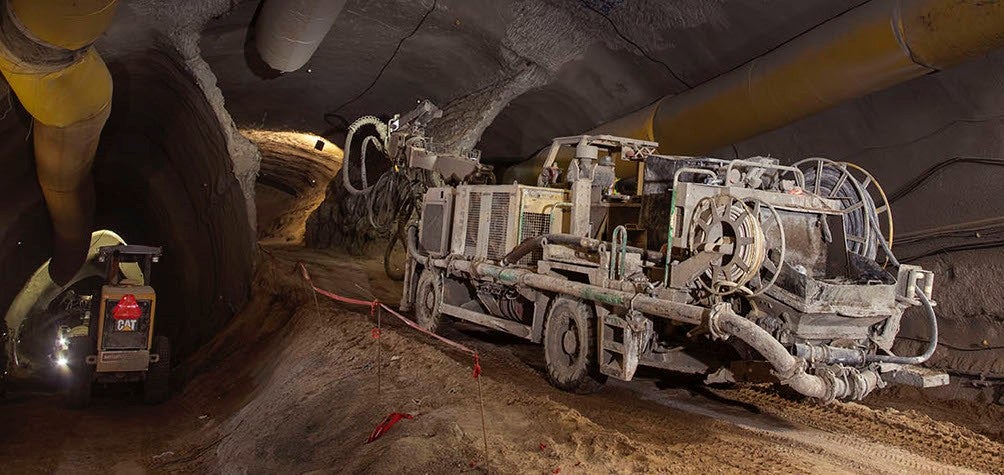The Vallejo Sanitation and Flood Control District is an independent special district created by the State of California to collect and treat wastewater, and to protect the Vallejo community from flooding. Since 1952 the District has protected public health and the San Francisco Bay by collecting and treating the wastewater generated by more than 115,000 residents of Vallejo and the surrounding area.
Recently, the wastewater plant has focused on scrubbing off-gas odors from its secondary treatment processes, and specifically its two open aeration basins. The plant differs from most in that it uses no digesters in its process. To contain these odors, the district opted to use a retractable, structurally supported geomembrane cover system from Geomembrane Technologies (GTI), which has not only proved effective for the collection of off-gas, but has also provided an unprecedented level of flexibility and ease-of-access for tank monitoring, maintenance and repairs.
The Vallejo plant’s two secondary process aeration basins were originally built in 1988, and are each 15ft deep, 15ft wide and 110ft long. Every few weeks, the Vallejo operators conduct a visual inspection into the aeration tanks from the top. Once a year they drain the tanks, go down inside to conduct a physical inspection of the blowers and diffusers at the bottom, and hose down the sides of the basins.
For almost 20 years the basins remained uncovered, but as part of the plant’s odor control upgrade, the district looked into options of how to cover them. Carollo Engineers, retained by Vallejo, began reviewing different cover options for enclosing the basins.
“We wanted the covers first for odor control, so they needed to be corrosion resistant,” says Tim Tekippe, Carollo project manager handling the Vallejo project. “But we also needed the covers to be easy to open and close for access to the tanks for sampling, scheduled maintenance and repairs. We felt structurally supported covers would be the best system for the plant’s needs because of the better access they provide over other systems, like floating covers. We first looked at rigid type covers such as aluminum and fiberglass, but both of these proved more labor intensive, bulky and difficult to maneuver for workers while perched above an open tank. This also poses a potentially significant safety hazard for the workers.”
“Along with our engineering firm, Carollo, we went to a water treatment plant in Colorado that was using retractable, structurally supported covers made with a geomembrane fabric. They looked like they would be very easy to remove for maintenance, and watched how easy they were to open and close. We even walked on them while they were in place over the tank, to see how strong and durable they were. Based on that trip, we decided to design these retractable covers into our aeration basins.”
Vallejo’s new retractable, structurally supported geomembrane cover system – designed, engineered and built by GTI – consists of a composite sheet of high-strength, UV-protected, coated fabric tensioned across a series of low-profile aluminum arches which span the tank’s opening. Intermediate aluminum walkways spanning the tank are used to divide the fabric cover sections into appropriate lengths for easy retractability.
“The expected life of these retractable covers is about 15 years,” explains Tekippe. “And the cost is very attractive compared to other cover systems. If a cover did have to be replaced it would be easy to change out, and could be done in minimal time. These retractable covers are very well-suited for both municipal wastewater and drinking water plants. We have since specified them for use in other public water and wastewater projects.”
Municipalities are looking for more efficient tank cover systems to contain off-gases, reduce algae growth, simplify maintenance and repairs, and cut expenses. Retractable, structurally supported geomembrane covers have become an increasingly attractive option for streamlining wastewater plant operations.










